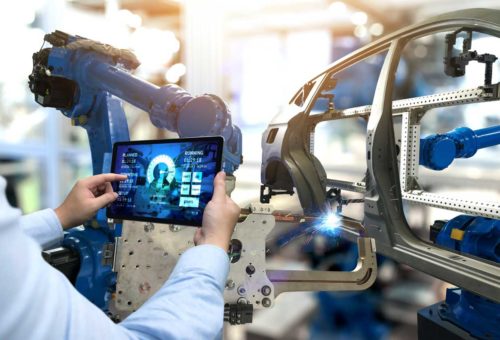
Article | 1995
Costing the Ultralite in Volume Production: Can Advanced Composite Bodies-in-White Be Affordable?
Advances in materials engineering, powerplant technology, systems integration, and fabrication processes now enable the automotive industry to design and prototype vehicles with improved performance and far better efficiency than current production platforms. The hypercar advanced vehicle concept embodies this technological potential. However, for hypercars to benefit society significantly, they must be manufacturable in large production volumes at a cost broadly competitive with conventional automobiles. In addition to manufacturing costs, environmental concerns have forced life cycle cost to the forefront. This paper examines both manufacturing and life cycle costs for an important component of advanced vehicle design: an ultra-lightweight body-in-white (BIW). The BIW lifecycle includes: manufacturing, operation, and post-use. This paper gives an overview of the hypercar; discusses materials, manufacturing, operation, and post-use issues for composite BIWs; describes the life cycle cost assessment methodology; and analyzes the costs for volume production of the case-study BIW. The manufacturing and life cycle costs for various manufacturing scenarios lead to encouraging conclusions about the applicability and future of lightweight advanced-composite BIW designs.